Tortoises are lovely creatures of the wild. Some people have domesticated and kept them as pets;…
Small Turtles
Mini Pet Turtles That Stay Small (Best Breeds)
If you have wanted to own or keep a turtle, then you must have been at a point of considering space. Turtles can grow to be as large as 16 inches and even more. For their ultimate comfort, their ponds, tanks, or enclosures should be spacious enough and allow easy movement.
If space is a factor to you, you may find an adult turtle difficult to house or keep. So, what do you do? There is an option to use an easy-to-setup terrarium or a small enough aquarium suited for their size. The key is simplicity; small turtles will not need as much space as their adults.
While you get to save on space with a smaller turtle, you will also save more on maintenance since their enclosures or tanks are easier to clean. It is advantageous to be able to care for and provide for your pet without a hassle.
The next thing to think about is where to get them. There are plenty of turtles in the wild, but it is advisable to visit a pet shop. You can also buy one from a captive breeder. Among the turtles that come in small sizes are red-eared sliders, diamondback terrapins, mud turtles, map turtles, box turtles, and musk turtles.
#1 – Red-Eared Slider
Also called a red-eared turtle, slider turtle, water-slider turtle, or red-eared terrapin, this breed features small turtles of between 6 and 12 inches. They, therefore, require a tank of at least 40 gallons. They mostly live for a range of 20 and 40 years and may cost you $20 to $50.
They do well with dark leafy green vegetables and commercial turtle pellets. Their favorable water temperature should range from 75 to 85 degrees Fahrenheit, and their basking spot should range between 90 to 95 degrees Fahrenheit.
Found mostly in North America, these turtles are well-known for the red around either of their ears—this is where they get their name. While an adult male can grow to be large, females grow more, and with proper care, they can live long enough.
These read-eared turtles are omnivorous and may become herbivorous as they grow into adulthood. You can feed them on commercial diets like the Mazuri, or edible aquatic plants. They may also like free-dried krill, leafy vegetable flowers, dandelion, and even squash.
Ensure that their aquarium provides sufficient space and that they bask enough. You can get them a UV light. These turtles swim for long and enjoy a good bask, and do not respond well to too much handling.
#2 – Map Turtles
You will come to find this to be one of the most popular breeds of turtles kept as pets. The common species of map turtles include the false map turtle, Ouachita map, Northern map, and Mississippi map turtles. They measure between 5 and 12 inches and, with proper care, can live for as long as 20 to 40 years.
They cost between $20 and $50 and will do well on aquatic pellets, dark leafy vegetables, and insects. They also require proper lighting and a temperature of between 70- and 85-degrees Fahrenheit. Their basking spots should range in temperatures of 90 and 95 degrees.
Map turtles exist in 13 known species, with more of its kind, including the black knobbed map turtle and the Barbour’s map turtle. Their name is drawn from their body patterns, which you will notice on their shells, head, and even limbs. Some people refer to them as sawback turtles due to their distinctive keel.
They do well on commercial turtle diets. They can do better with leafy vegetables and insects. Since turtles need sufficient UV light, they will need a spacious basking platform. It would help if you also heated their aquariums, should they get low in temperature.
While they are not the biggest fans of being handled, they, over time, know their keepers and will often react jovially or with enthusiasm towards them. They are peaceful and can cohabitate well with other small turtles.
#3 – Painted Turtle
The painted turtle’s common species include the midland painted, eastern painted, western painted, and southern painted turtles. Their adults can grow to between 5 and 8 inches. When well-cared for, these turtles live for as long as 30 to 40 years. They cost between $20 and $40.
They will do well on commercial aquatic food, leafy vegetables, and insects. They also require sufficient UVB light. Their recommended tank size can range from 40 to 75 gallons, and you should keep the water temperature between 70- and 80-degrees Fahrenheit. They should have a spacious basking spot with temperatures of 90 to 95 degrees Fahrenheit.
As the name suggests, you may love how these turtles look. They bear attractive and colorful markings and are mostly found in North America. The western painted turtle is the most popular among these turtles. It is also the largest and may not exceed 8 inches in size.
The midland and eastern painted turtles grow up to 7 inches, while the southern painted turtle grows to about 6 inches. They are commonly kept as pets due to their colorful bodies and small sizes. Besides commercial turtle food and leafy vegetables, you can also feed them water hyacinth and water lettuce.
They need a healthy environment with sufficient light and the right temperature. A spacious aquarium should be suitable for their living. These turtles also live well with others and will, therefore, cohabitate peacefully. They are sociable but not the biggest fans of handling.
#4 – Musk Turtle
The must turtle’s common species include the loggerhead, flattened, razor-backed, and common musk turtles. Their adults measure between 3 and 5 inches, and with proper care, they can live for between 30 and 50 years. They cost between $5 and $50.
They do well with commercial aquatic food and will need sufficient UVB lighting. Their favorable tank size ranges between 25 and 40 gallons, and their ideal temperatures are between 75- and 80-degrees Fahrenheit. They require a spacious basking platform of 90 degrees Fahrenheit.
These turtles resemble the mud species in both nature and appearance. They will, therefore, require almost similar conditions and environments. These turtles are tanned brown along the center of their shells and have a distinctive keel that runs through them.
Due to their small size, their space requirements are not as much as with other species. A basking platform is also not critical but necessary since they do not bask often. Their aquatic nature is responsible for their carnivorous nature, though they may accept plant offers such as duckweed.
They will also do well on commercial foods, shrimps, bloodworms, mealworms, and even trout chows. Watch your hands when handling these turtles—they can bite. The stinkpot, a common musk turtle, produces a foul smell to ward off any threats or when they are scared.
#5 – Mud Turtle
The typical mud turtle species include the eastern/common mud turtle, striped mud turtle, yellow mud turtle, and Mississippi mud turtle. Their adults can grow to between 3 and 5 inches, and with proper care, can live to between 30 and 50 years. They cost $6 to $40.
These turtles will do well on aquatic food and will need sufficient UVB lighting. Their ideal tank should range between 25 and 40 gallons, and their suitable water temperature should be between 75- and 80-degrees Fahrenheit. You should also ensure a spacious platform for their basking, with temperatures of 90 degrees Fahrenheit.
As their name suggests, these turtles live mostly in small, muddy ponds. As we noted, they resemble musk turtles, although they generally have flatter shells. Like the musk turtles, they are so small and may not require too much space. They are also not as interested in basking, but it is necessary to provide them with a spacious platform.
These turtles are carnivorous and do well on fish, worms, crustaceans, amphibians and even mollusks and most animals that are smaller than them when in the wild. Hatchlings can do well on some hatchling formula. Their adults may take leafy vegetables and commercial turtle food, besides tilapia, chicken, krills crickets, shrimps, feeder fish a variety of animal products.
Watch it when handling these turtles—like musk turtles, they can bite.
#6 – Diamondback Terrapin
These turtles grow to adult sizes of between 5 and 7 inches. When well cared for, they can live for up to 30 years. Unlike the turtles we have discussed; however, they come at a high cost of between $250 and $400. They do well on commercial diets suited for turtles.
They also require sufficient UVB lighting, and their ideal tank should be at least 40 gallons. You should keep their water temperature between 76- and 78 degrees Fahrenheit and their basking spots within temperature ranges of 85- and 90-degrees Fahrenheit.
While you can find them in various colors, most people know them for their ornate shells with diamond patterns—they look beautiful. These turtles find nearshore marine environments ideal and will, therefore, prefer brackish and salty water.
This is a protected species of turtles and requires permission before keeping them as pets. With that aside and your turtle home, you will need to provide them with appropriate care for healthy growth and development. Ensure that they have sufficient space, with a tank of 40 to 60 gallons.
Provide them also with a spacious basking platform, with regulated temperatures. They will also need UVB light, so a quality lamp should help. These turtles do well on terrapin insects, shrimps, mealworms, and krills crickets; they may also take commercial diets suited for turtles. It is not advisable, however, to feed them freshwater crayfish.
Since they do better free and may not take well to captivity, you can get one of these turtles from top captive breeders.
#7 – Box Turtle
Common species of the box turtle include the ornate, easter, desert, and three-toed box turtles. They measure between 4 and 7 inches. When well cared for, they can live up to 40 years and even 100 in the wild. Like the diamondback terrapin, these turtles cost more than most other species we have looked at.
They do well on commercial turtle food and need sufficient UVB lighting. A suitable terrarium size would be 20 gallons, and their ideal temperature ranges should be between 75- and 80-degrees Fahrenheit. Unlike the turtles we have looked at, the box turtle does well in a terrarium and may not require a tank or aquarium.
They look like small tortoises and live mainly on land, making an outdoor enclosure more suitable for them during spring and summer. In winter and autumn, you can bring them indoors. What kind of an enclosure, therefore, would suit them?
You can get something dry for their habitat—a tortoise box or wooden vivarium would do. They, however, require water; so, ensure the turtles have a sufficient supply. They can take leafy vegetables and salads, meat, snails, and even crickets.
If you are keeping them indoors, you should remember the UVB light requirement. Ensure that they get sunlight, and when it is not possible, you can get them a light source. Nevertheless, their suitability for dry environments does not make these turtles any less of swimmers—they can try but only a short time.
Bottom Line
There are many breeds of small turtles that you should expect to come across. Above, we have discussed only some. Nonetheless, I hope the list features some of the breeds you are probably looking for and whose information you find helpful.
You may love having small turtles as pets. They are not only gorgeous but will use up little space, which makes maintaining them easy and fast. The box turtles even make it easier for anyone who would like the least hassle with maintenance.
Remember that they have requirements to meet; so, if you are hoping to get small turtles, you must be prepared to care for them. While you could have other options, you should buy these turtles from a captive breeder you can trust.
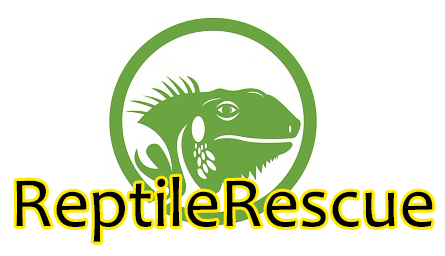
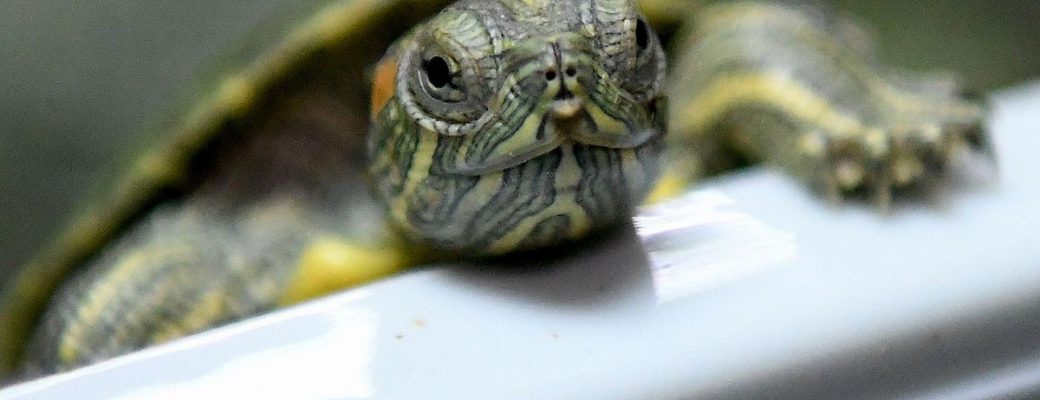
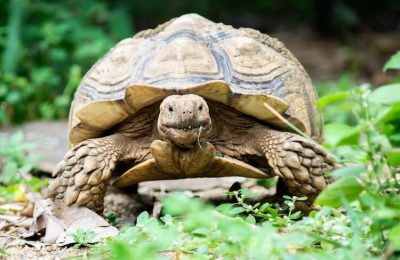
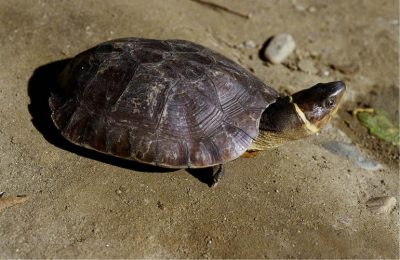
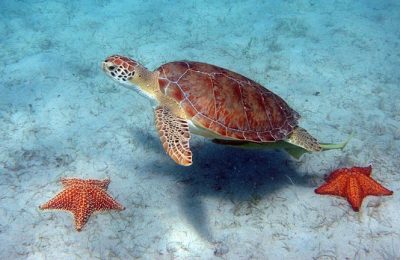
This Post Has 0 Comments